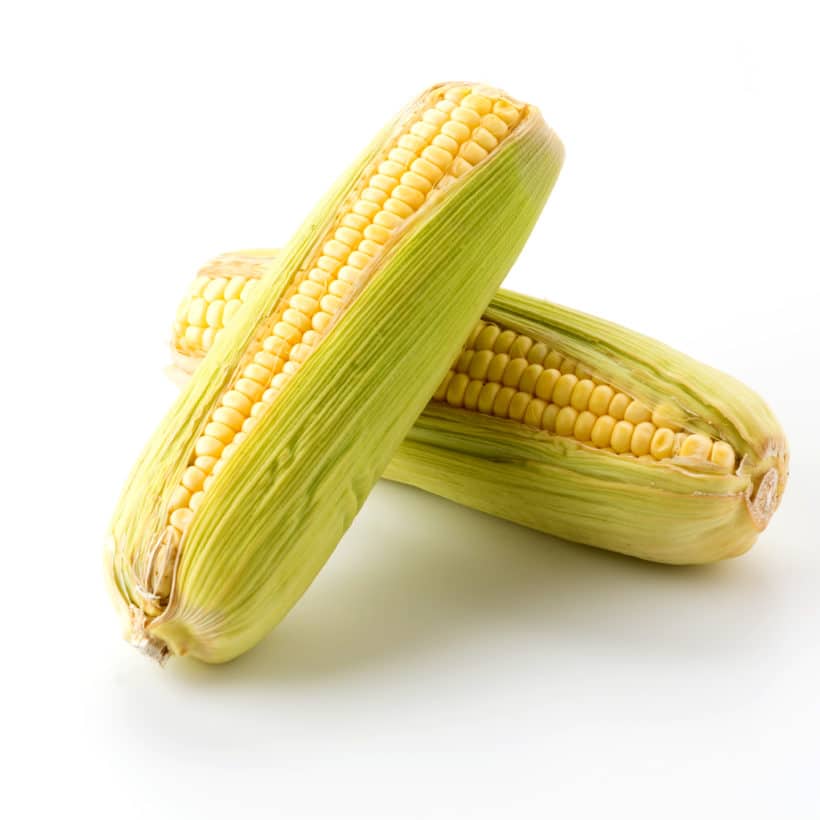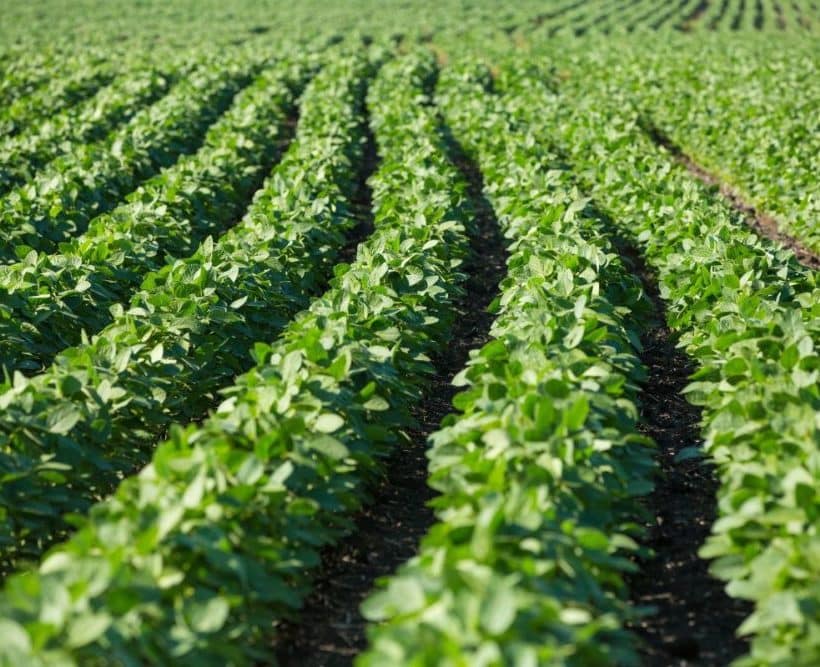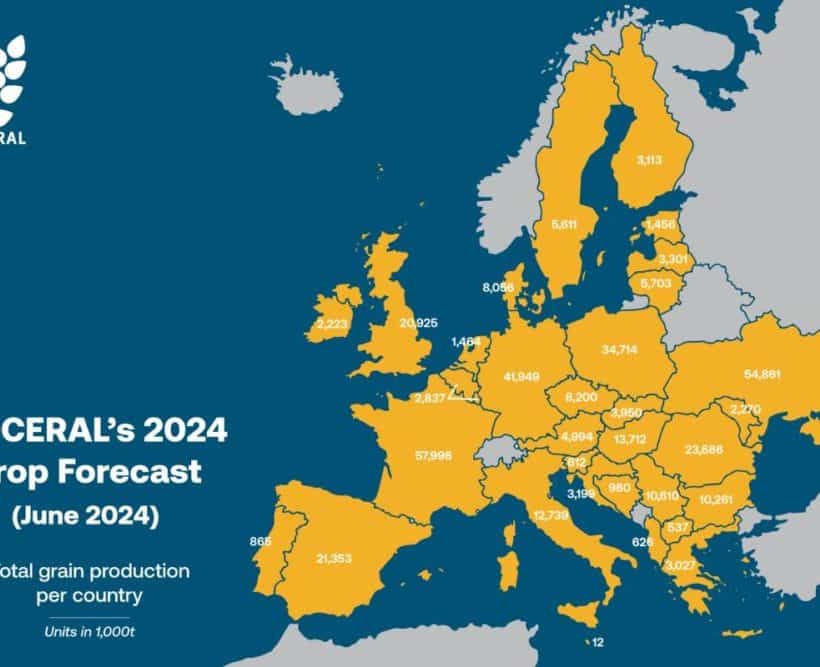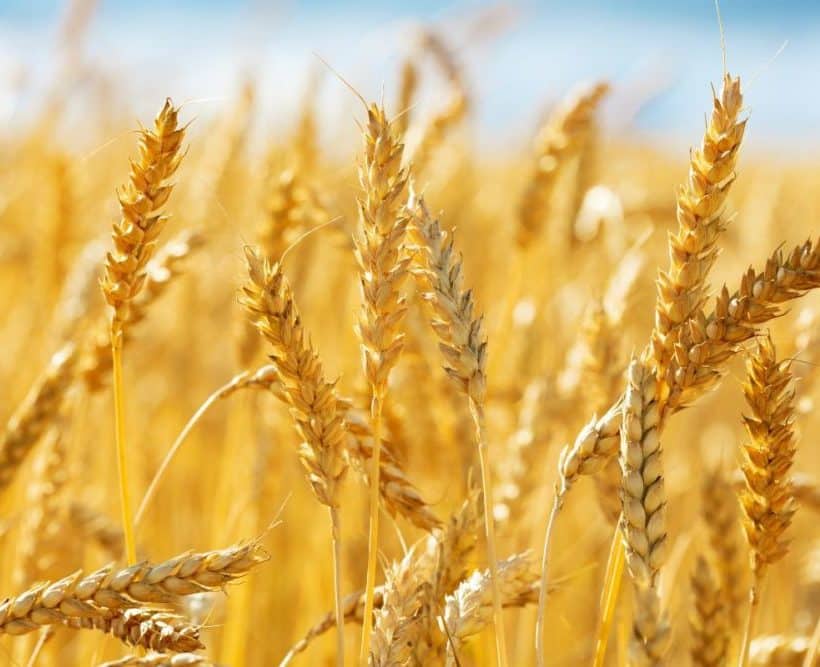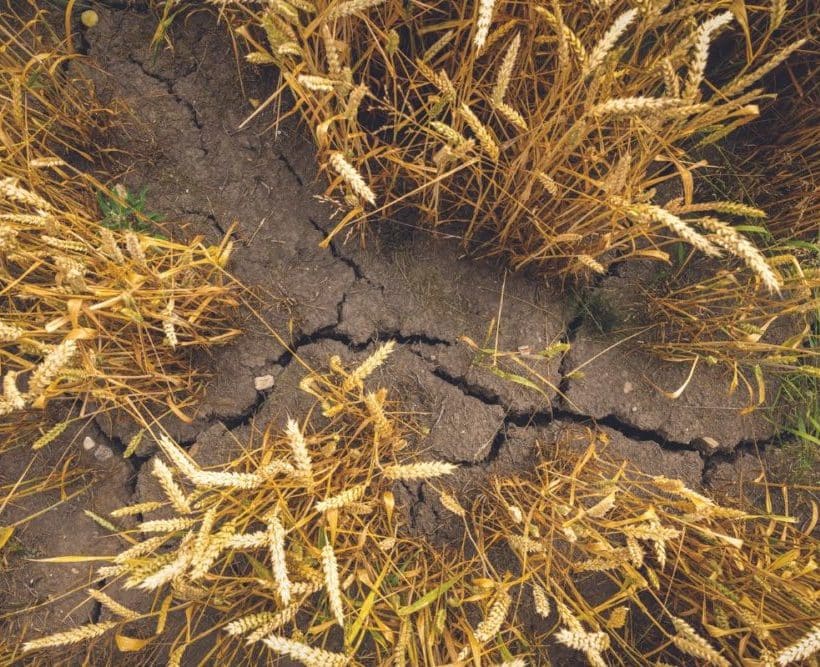Be8 breaks ground on ethanol plant
Be8, a Brazilian renewable energy company, said it has agreed with Praj, an Indian company and global leader in bio-energy, to establish its first ethanol plant in Passo Fundo, Rio Grande do Sul. The plant, which will convert wheat into ethanol, will be the first large-scale refinery in Rio Grande do Sul to produce biofuel...
Brazil corn production, exports to drop
Brazil expects to harvest 4.6 billion bushels (116.8 million tonnes) from its three corn crops in the 2023-24 season, a drop of 12% from last year’s record harvest, according to the National Supply Company (Conab), the Department of Agricultural and Consumer Economics at the University of Illinois said in its farmdoc daily. Despite the drop...
US wheat, corn, soybean stocks up from 2023
The US Department of Agriculture (USDA) on June 28 said domestic stocks of wheat, corn and soybeans on June 1 were up more than 20% from a year earlier. The USDA, in its quarterly Grain Stocks report, estimated June 1 old-crop all wheat stocks, which comprise the 2024 carryover, at 702 million bushels, up 23%...
COCERAL increases EU grain outlook
In its latest 2024 European Union/United Kingdom grain crop forecast, released on June 10, COCERAL increased its projection slightly to 296 million tonnes, about 500,000 tonnes higher than the previous projection in March. If realized, it would still be about 3.2 million tonnes higher than production in 2023, said COCERAL, a European association focusing on...
Turkey bans wheat imports
The Turkish Agriculture Ministry recently announced that it will halt wheat imports from June 21 through mid-October to protect Turkey’s farmers from price decreases and other adverse impacts during this year’s harvest. The measures would be implemented to “prevent our producers from being affected by price decreases due to supply density during the harvest period,...
Australian winter crop totals expected to increase 9%
Australia’s overall winter crop production is expected to increase 9% to 51.3 million tonnes in 2024-25 and be the fifth highest on record, according to the June report from ABARES. Wheat production is forecast to increase by 12% to 29.1 million tonnes, while barley production is estimated at 7% to 11.5 million tonnes. Canola production...
Bunge, Zen-Noh to buy stake in Brazil terminal
Bunge Global SA and Zen-Noh Group have agreed through a joint venture to purchase 50% of a grain terminal at the Port of Santos from Brazilian rail operator Rumo for 600 million reais ($115.3 million), Reuters reported, citing a securities filing. Rumo said in the filing that it had tied up the binding agreement to sell its...
US, Russia may hold key for bullish market
A ridge of high pressure evolved recently over the heart of Russia’s grain production region grabbing some attention in the commodity trade. Ridges of high pressure aloft over Russia tend to occur in years of El Niño to La Niña transition. Sometimes a similar ridge of high pressure evolves over the central United States impacting the Great Plains, western Corn and Soybean Belt and the southeastern Canada Prairies with drier and warmer-than-usual weather. Producers and traders who are looking for…
Larger second crop to boost Argentina’s soy production
Argentina’s soybean production is expected to increase in 2024-25, with a larger planted second soy crop, according to a report from the Foreign Agricultural Service (FAS) of the US Department of Agriculture (USDA). Production is estimated at 51 million tonnes, up 1.5 million tonnes from the previous harvest. Soybean planted acreage is forecast to increase to 17.8 million hectares with an increased second soy crop planting due to fears of a dry year and the potential threat of the chicharrita…
Argentina investing in new grain port
The Argentine government said it plans to invest approximately $550 million to build a new grain port in the Rosario region. The region is considered a vital agricultural center for Argentina, accounting for more than 80% of the country’s agricultural and agro-industrial exports.

